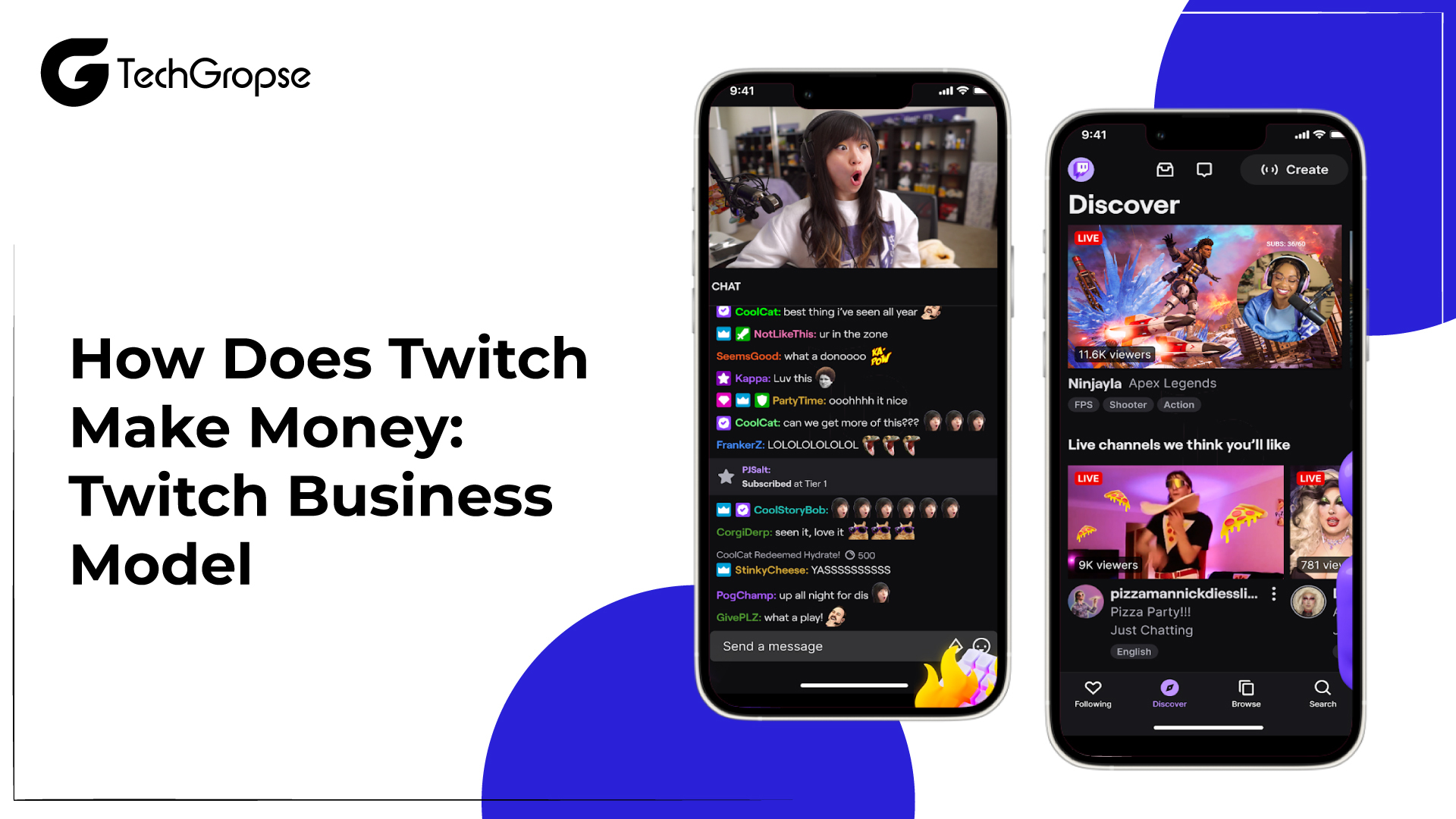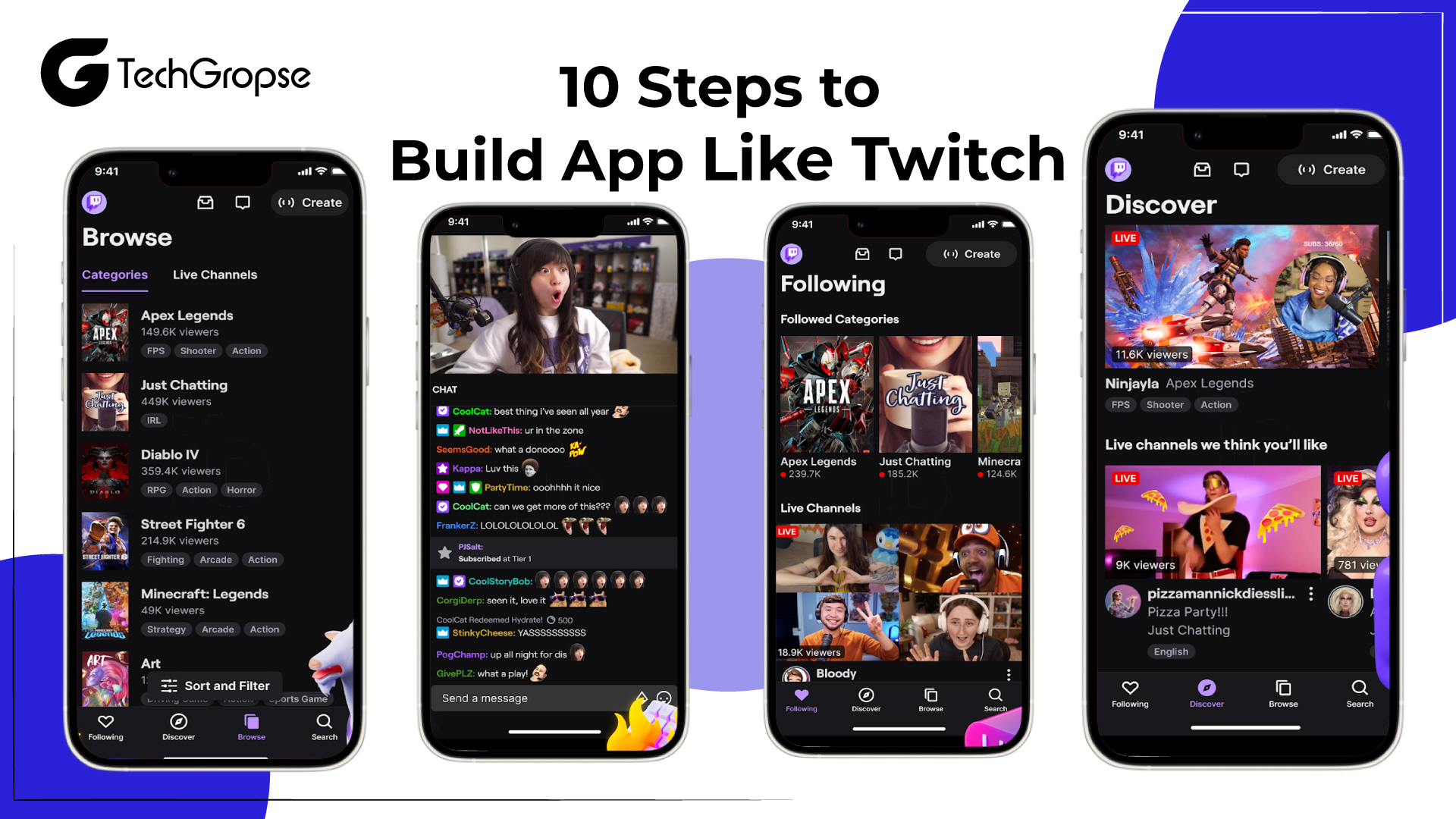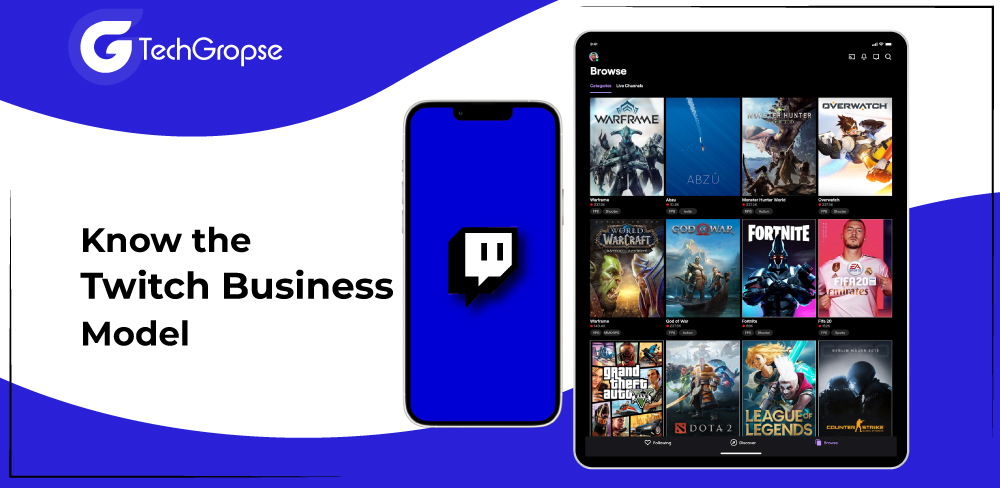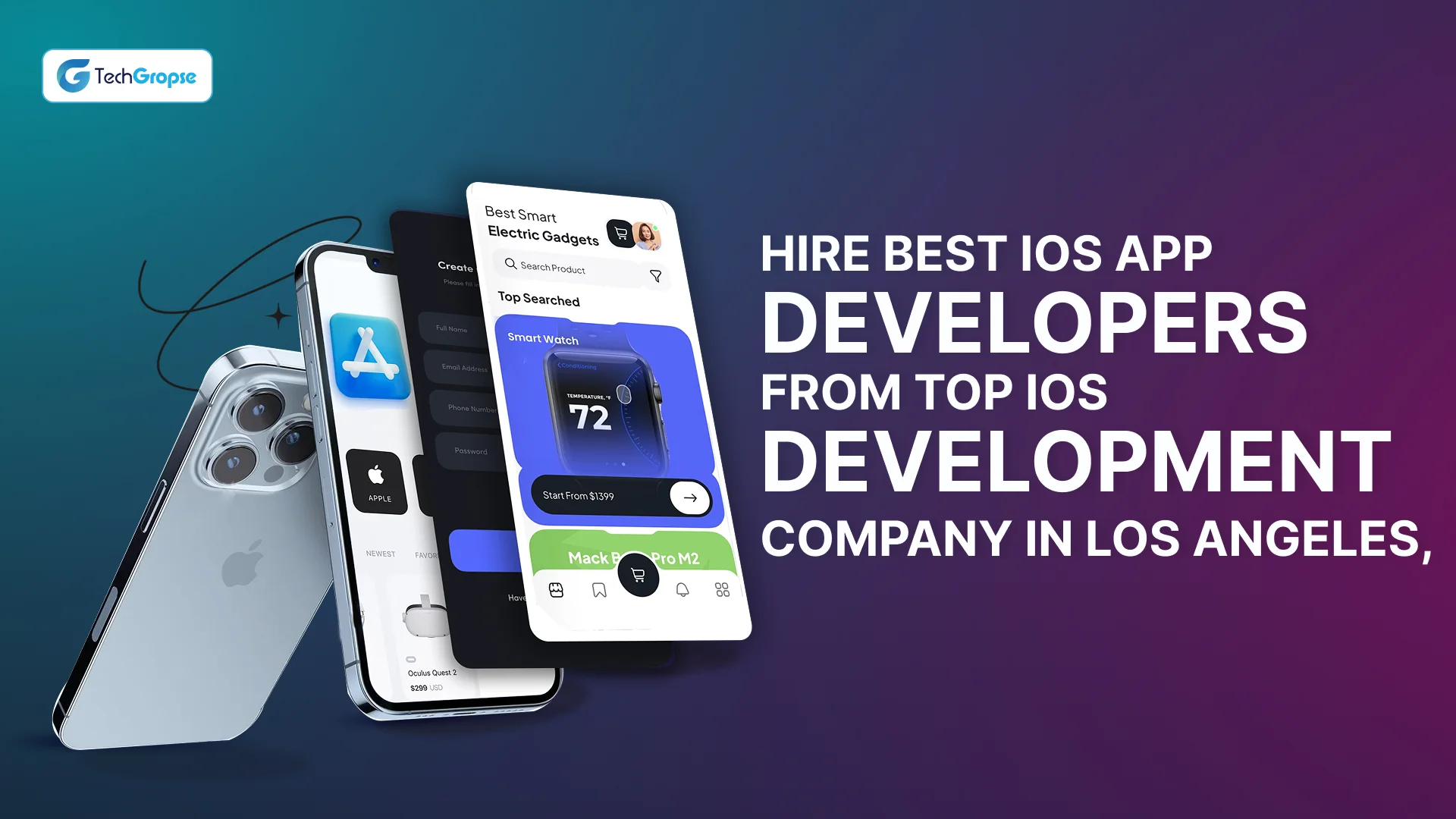Twitch’s mission is to help people do what they do more pleasingly.
| Imagine you are an entrepreneur or business owner and want to make your company big. There are various business and revenue models that businesses can adopt depending on their industry, target audience, and unique value proposition. Twitch business model a great example of a company with an exciting and innovative business model. |
If you had the option, what would you pick: watching a movie or reading a book? Well, many people would choose the first option because a video is more engaging and more memorable than text. It is fascinating to know that our brains process visuals 60,000 times faster than text, and 90% of the total information transmitted to our brains is visual.
Twitch has quickly become a prominent player in the world of live streaming and offers a unique platform for gamers, streamers, and viewers to connect and engage.
Did you know that Twitch, which was launched in 2011, has become a global phenomenon? It’s pretty amazing how it has attracted millions of users from all around the world.
The platform’s focus on live streaming and community engagement has revolutionized the way people consume and interact with video games, esports, and creative content.
With its diverse range of content and endless opportunities for collaboration, Twitch inspires viewers and content creators to connect, share their passions, and build communities.
Its exponential growth over the years is a testament to the platform’s innovative approach and its ability to bring people together from all around the world.
By the way, If are you interested to build an app like Twitch and you want to obtain some knowledge, please keep reading until the end.
Twitch – Is it a Game Streaming Mobile App?
Before knowing about Twitch business model you must know what is Twitch. So, Let’s start.
Twitch is an amazing website where you can watch videos and play games with other people from all over the world.
You can even talk to them while you are playing. You don’t even have to sign up to watch videos, but if you want to chat with other people and show off your stuff, you have to make an account.
|
Twitch works on computers, Xbox, and PlayStation, so you can have fun no matter what you’re using. And it’s not just for gamers. You can also watch people doing other cool things like playing music or cooking.
There are lots of different categories to choose from, so you can find videos that you are interested in. And if you like a specific channel, you can subscribe to it and get updates whenever they do something new.
Twitch is awesome because it lets you watch videos whenever you want, and it’s popular with young people.
It’s a great way to have fun and stay up to date with the latest trends in videos and broadcasting.
Let’s Understand the Market Statics of Twitch Live Streaming App
- Did you know that video-streaming platforms are making a ton of money? It is true. By the year 2025, the live-streaming video industry is expected to reach about $124.57 Billion.
- Justin Kahn, the founder of an amazing platform called Justin. tv. He received a mind-blowing $8 million in investments to develop his platform.
- In February 2014, Justin. TV got a fancy new name – Twitch Interactive. Just a few months later, in August of the same year, Amazon bought Twitch for a jaw-dropping $970 million.
- In 2021, they had an average of 2.78 million people watching videos at the same time. That’s a 31% increase from the previous year.
- The number of people watching at the same time increased by a whopping 68%. It seems like more and more people are tuning in to Twitch.
- And get this – every single day, a whopping 30 million people watch Twitch streams. That’s like the entire population of a small country. Now there are around 51,500 Twitch Partners.
How Does Twitch Make Money: Twitch Business Model

Twitch, a popular live game streaming app development primarily focused on gaming content, employs several revenue streams to generate income.
Here are the key components of the Twitch business model:
1. Subscriptions
Subscriptions play an important role in the Twitch business model. Twitch offers a subscription service where users can subscribe to their favorite streamers’ channels every month. Subscribers get benefits such as ad-free viewing, exclusive emotes, and access to subscriber-only chat.
A viewer may choose to subscribe to a gaming channel for $4.99 per month. The streamer receives a portion of this subscription fee, and the viewer gains perks like special emotes. Twitch’s subscription service provides users with benefits like ad-free viewing, exclusive emotes, and access to subscriber-only chat.
2. Ads
Twitch generates revenue through advertising. Ads are shown on the platform, and streamers who are part of the Twitch Partner Program can earn a share of the ad revenue. The Twitch app development charges a cost-per-mile (CPM) fee from gaming companies, portals, and developers for running ads, with the cost varying between $2 to $10. During a stream, an advertisement for a gaming console might play, and the streamer earns money based on the number of views and engagements the ad receives.
Donations and Support for StreamersIf you have ever been moved to tears by a streamer’s incredible gameplay or heartfelt moments, you may have considered donating. Donations are a way for viewers to show their appreciation and support directly. They can be one-time contributions or recurring donations, and sometimes, streamers even set up goals or challenges tied to donation milestones. So, if you ever feel like shouting, “Take my money,” donations can be a powerful way to make a streamer’s day and help them keep the content flowing. |
3. Bits
Viewers can purchase a virtual currency called “Bits” and use it to support their favorite streamers. Streamers earn money based on the number of Bits they receive, with Twitch taking a percentage.
A viewer buys 1000 Bits for $10 and uses them to cheer for a streamer. The streamer receives the Bits, and Twitch takes a percentage of the $10 spent by the viewer.
4. Affiliate Program
Twitch has an Affiliate Program for streamers who haven’t yet qualified for partnership. Affiliates can earn money through various channels, including Twitch Prime subscriptions and Cheering with Bits.
An Affiliate streamer may receive revenue from viewers who subscribe to their channel using Twitch Prime or cheer with Bits during their streams.
5. Twitch Prime
Twitch Prime is a premium service integrated with Amazon Prime, offering additional perks to users. Twitch likely receives financial benefits from its partnership with Amazon.
An Amazon Prime member links their account to Twitch, gaining access to Twitch Prime benefits like free channel subscriptions. Twitch may receive compensation from Amazon for driving engagement.
Monetization Options for Twitch Streamers
Twitch’s diversified revenue streams allow it to support both the platform itself and its content creators, fostering a thriving ecosystem for live-streaming content. The combination of user engagement, subscriptions, ads, and partnerships has made Twitch a prominent player in the online streaming industry.
1. Becoming a Twitch Affiliate or Partner
Becoming a Twitch Affiliate or Partner is like leveling up in the streaming world. These programs offer streamers a chance to monetize their channels and unlock a range of perks. To become an Affiliate, streamers need to meet specific requirements like streaming for at least 500 minutes over 7 days, reaching an average of 3 concurrent viewers, and having at least 50 followers. Partners, on the other hand, need to have a larger following and more consistent viewership for the Twitch business model. Both Affiliates and Partners can earn money through subscriptions, ads, and other opportunities.
2. Ad Revenue Sharing for Streamers
Ads are not just something annoying you see on TV; they can also be a source of income for Twitch streamers. Twitch business model has a revenue-sharing program that allows streamers to earn money from ads that play during their broadcasts. The amount streamers earn depends on factors like the length of the ad and the number of viewers it reaches. So, the more people watching your stream, the higher the chance of making some sweet ad cash. Just remember, no one likes an ad that interrupts the best moments, so choose your ad breaks wisely.
3. Sponsorships and Brand Collaborations
When it comes to making money on Twitch, sponsorships, and brand collaborations can be game-changers. Streamers who have built a dedicated following can attract brands that want to reach their audience. These collaborations can take the form of sponsored streams, where streamers promote a brand’s products or services during their broadcast, or brand partnerships that involve long-term relationships with companies. Just remember, it’s important to find the right fit and maintain authenticity, so your viewers don’t feel like they’re watching a walking billboard.
10 Steps to Build App Like Twitch

Creating a game streaming mobile app like Twitch involves multiple steps, ranging from conceptualization to development and launch.
on demand app development company follows the process of building apps like Twitch:
1. Market Research
- Identify your target audience.
- Analyze competitors, including Twitch, to understand user expectations.
- Determine the unique selling points (USPs) for your app.
2. Conceptualization
- Define the core features of your game streaming app.
- Decide on the platform (iOS, Android, or both).
- Consider additional features, such as chat, user profiles, and social integration.
3. Business Model
- Choose a Twitch business model (subscriptions, ads, virtual goods, etc.).
- Plan for partnerships and collaborations with game developers, streamers, and sponsors.
4. Legal Considerations
- Ensure compliance with copyright laws.
- Draft terms of service and privacy policies.
- Secure necessary licenses for streaming copyrighted content.
5. Design
- Hire dedicated developers who create wireframes and prototypes for the app’s interface.
- Focus on an intuitive user experience (UX) and engaging user interface (UI).
- Design branding elements, including logos and color schemes.
6. Development
- Choose a tech stack (programming languages, frameworks, databases).
- Consult with an Android app development company to develop a server infrastructure for streaming and real-time interactions.
- Implement user authentication and authorization systems.
- Build the core features such as video streaming, chat, and notifications.
- Ensure scalability to manage a large number of concurrent users.
7. Integration
- Integrate third-party services for payments, analytics, and social media.
- Implement APIs for game developers to integrate their titles with your platform.
8. Testing
- Conduct thorough testing for functionality, performance, and security.
- You must hire mobile app developers for testing on different devices and screen sizes.
- Gather feedback from beta testers and make necessary improvements.
9. Monetization Setup
- Implement chosen monetization strategies (ads, subscriptions, etc.).
- Set up payment gateways for in-app purchases and subscription fees.
10. Launch
- Deploy the app on app stores (Google Play Store, Apple App Store).
- Plan a marketing strategy for the launch.
- Utilize social media and influencers to generate initial traction.
How Much Does Cost to Build an App Like Twitch?

Live game streaming app development cost involves various components, and the cost can vary based on factors such as features, platform (iOS, Android, or both), complexity, and development rates in the region.
Below is a simplified table outlining the potential cost breakdown for developing a live streaming app like Twitch:
| Development Stage | Cost Range | Details |
| Market Research | $5,000 – $10,000 | Analyzing the target audience, competition, and market trends to define app features and USPs. |
| UI/UX Design | $15,000-$30,000 | Creating a user-friendly interface and designing engaging user experiences for both viewers and streamers. |
| Frontend Development | $30,000-$50,000 | Implementing the user interface and features visible to end-users on platforms like iOS and Android. |
| Backend Development | $40,000-$70,000 | Building the server-side logic, databases, and ensuring smooth integration with external services. |
| User Authentication | $10,000-$15,000 | Implementing secure and seamless user authentication, including social media logins. |
| Live Streaming Features | $50,000-$100,00 | Developing core features like live streaming, chat functionality, and real-time interaction between users. |
| Payment Gateway Integration | $15,000-$25,000 | Integrating a secure payment system for subscriptions, donations, and virtual goods transactions. |
| Admin Panel | $20,000-$40,000 | Building a backend administrative panel for content moderation, analytics, and user management. |
| Testing and Quality Assurance | $15,000-$25,000 | Conducting thorough testing to ensure the app’s functionality, security, and performance. |
| Launch and Deployment | $10,000-$20,000 | Deploying the app on app stores and managing the launch process. |
| Post-Launch Maintenance | $20,000-$40,000 per year | Ongoing updates, bug fixes, and maintenance to ensure the app’s continued functionality and security. |
Total Estimated Mobile App Development Cost: $225,000 – $415,000 (excluding post-launch maintenance for subsequent years)
It’s important to note that these figures are approximate and can vary based on specific requirements, the geographical location of the development team, and other factors.
Future Growth and Challenges for Twitch
As the streaming industry continues to evolve, new trends are emerging that could shape the future of Twitch business model. From the rise of mobile streaming to the popularity of content beyond gaming, streamers, and platforms need to adapt to changing viewer preferences.
In addition, the integration of virtual reality and augmented reality into streaming experiences opens up exciting possibilities for creating immersive and interactive content. An ideal mobile app development company knows the streaming landscape is constantly evolving, and staying ahead of the curve will be key for Twitch’s future growth.
| Future Growth Opportunities for Twitch | Challenges for Twitch |
| 1. Diversification of Content: Expanding into various categories beyond gaming. | 1. Competition from Rivals: Emerging platforms and established social networks vying for user attention. |
| 2. International Expansion: Targeting a global audience with localized content and support. | 2. Content Moderation and Safety: Addressing content moderation challenges and maintaining a safe environment. |
| 3. Integration with Emerging Technologies: Embracing AR and VR for immersive experiences. | 3. Platform Saturation: Potential oversaturation of content, making visibility challenging for new streamers. |
| 4. Enhanced Monetization Options: Introducing innovative revenue streams for creators. | 4. Monetization Pressures: Balancing revenue generation without compromising user experience. |
| 5. Collaborations and Partnerships: Forming strategic partnerships for exclusive content and events. | 5. Adapting to Changing User Preferences: Staying agile to evolving user interests and demographics. |
| 6. Mobile Experience Optimization: Improving the mobile app for on-the-go users. | 6. Technological Challenges: Navigating issues related to server stability, latency, and emerging tech integration. |
Conclusion
Twitch has established itself as a dominant force in the live-streaming industry with a unique and successful business model.
The platform generates revenue through a combination of advertising, subscriptions, and virtual goods transactions.
Advertisements provide a steady stream of income, while a subscription model with different tiers can offer a more stable source of Twitch business model and foster a sense of community between content creators and viewers.
Twitch’s emphasis on user engagement, interactivity, and the creation of a vibrant community has been crucial to its success.
The platform not only facilitates live streaming but also incorporates chat features, allowing viewers to interact with broadcasters and each other in real time.
This level of engagement has contributed to the platform’s popularity and has attracted a diverse range of content creators spanning various genres.
FAQ: Know the Twitch Business Model
1. How does Twitch make money?
Twitch generates revenue through various streams, including advertising, subscriptions, and partnerships. Advertisements are displayed to viewers during streams, while streamers can earn money through subscriptions and donations from their loyal audience. Twitch also offers a range of monetization options for streamers, such as sponsorships and brand collaborations, contributing to the platform’s overall revenue.
2. Can anyone become a Twitch streamer?
Yes, anyone can become a Twitch streamer. However, to unlock certain monetization features, such as earning revenue from subscriptions and ads, streamers need to meet specific requirements. Twitch offers different programs, such as the Affiliate and Partner programs, which provide streamers with additional benefits and opportunities based on their viewership and engagement metrics.
3. How does Twitch handle copyright infringement and content moderation?
Twitch has implemented various measures to address copyright infringement and ensure content moderation. The platform has a system called the “Digital Millennium Copyright Act” (DMCA) to handle copyright claims. Streamers are encouraged to use copyright-free or properly licensed content to avoid any violations.
4. What are the prospects for Twitch?
The future of Twitch looks promising as it continues to expand its user base and explore new avenues for growth. With the rising popularity of esports, gaming, and live streaming, Twitch is well-positioned to capitalize on these trends. However, the industry also presents challenges, such as increased competition and evolving viewer preferences. Twitch will need to adapt, innovate, and maintain its strong community to remain a dominant force in the streaming landscape.










